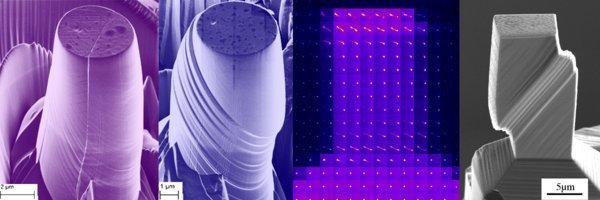We introduce a new experimental approach to the compositional and thermomechanical design and rapid maturation of bulk structural materials. This method, termed Rapid Alloy Prototyping (RAP), is based on semi-continuous high-throughput bulk casting, rolling, heat treatment and sample preparation techniques. 45 material conditions – i.e. 5 alloys with systematically varied composition, each modified by 9 different aging treatments – were produced and investigated within 35 hours. This accelerated screening of the tensile, hardness and microstructural properties as a function of chemical and thermomechanical parameters allows for the highly efficient and knowledge-based design of bulk structural alloys.


